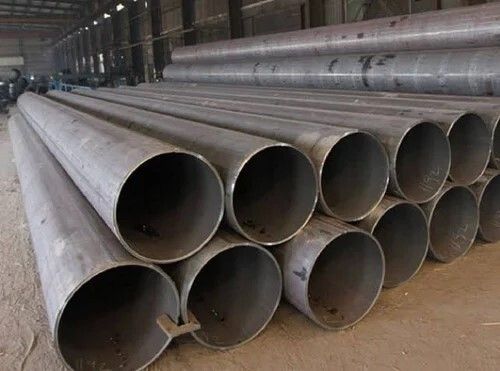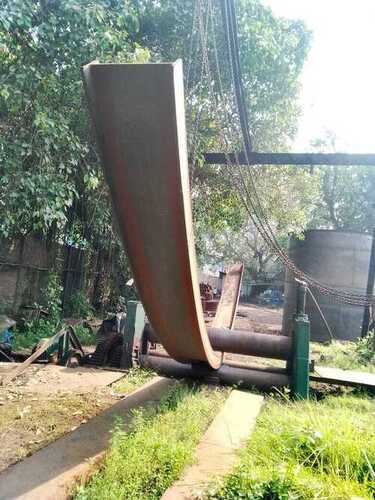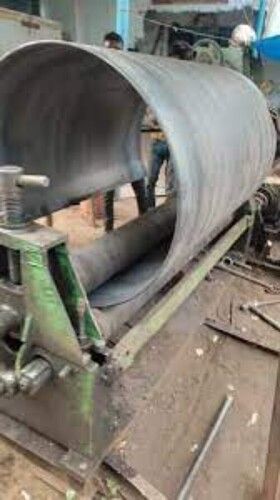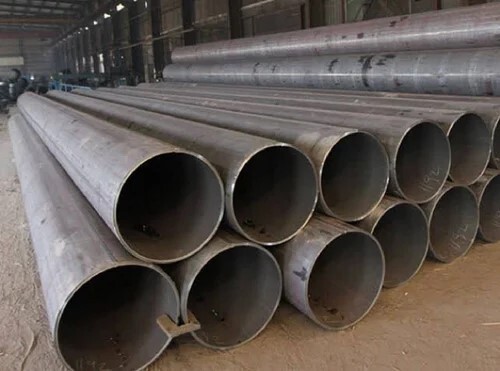Pile Casing
Product Details:
Pile Casing Price And Quantity
- 1000 INR/Piece
- 100 Kilograms
Pile Casing Trade Information
- Cash Against Delivery (CAD) Cash Advance (CA) Cheque
- All India
Product Description
Pile casing refers to a temporary or permanent steel tube or pipe that is used to support the excavation during pile driving or drilling operations for foundation construction. It helps maintain the integrity of the borehole and prevents soil or water from collapsing into the excavation, especially in loose or waterlogged soils.
Key Aspects of Pile Casing:
Purpose:
Temporary Casing: Used to keep the borehole open during the pile installation process, particularly in unstable soils or groundwater conditions. After the pile is installed, the casing is usually removed.
Permanent Casing: Left in place to provide additional structural support to the pile or borehole. This is often the case in environments with significant lateral soil pressure or where extra strength is needed.
Applications:
Foundation Support for Buildings: Pile casings are used in construction projects to support deep foundations, especially for tall buildings, bridges, or heavy structures where shallow foundations are insufficient.
Marine and Offshore Structures: Casings are used in the foundations of jetties, piers, and offshore platforms where underwater piling is necessary.
Retaining Walls: In the construction of retaining walls, pile casings can be used to support the piles that anchor the wall.
Pile Casing Installation:
Driven Piles: Pile casings can be driven into the ground using hammers or vibratory drivers. The pile is then installed inside the casing, which is sometimes left in place to reinforce the pile.
Drilled Shafts (Bored Piles): In this method, the casing is installed into the ground while the hole is drilled. After the drilling is completed, a reinforcing cage is inserted, and the pile is cast in place. The casing may be removed after concreting or left as part of the structure.
Challenges and Solutions:
Groundwater Management: In waterlogged areas, pile casings prevent water from seeping into the borehole during pile installation.
Soil Collapse: In loose or sandy soils, pile casings stabilize the borehole to avoid collapse during excavation or pile insertion.
Vibration: When driven into the ground, pile casings can cause vibrations that may affect nearby structures, so care must be taken in urban environments.
Design Considerations:
Diameter and Length: Pile casings come in various diameters and lengths depending on the size of the pile and the depth of the foundation.
Thickness: The wall thickness of the casing must be sufficient to withstand external soil pressure and internal stress during driving or drilling.
Jointing: Casings often have joints or interlocking sections to allow for extension to greater depths. These joints must be strong enough to bear the load without breaking.
Standards and Specifications:
Pile casings are typically manufactured according to standards such as ASTM, API, or BS EN to ensure they meet the required strength and durability standards for various geotechnical conditions.
Key Benefits:
Prevents Collapse: Maintains borehole integrity during drilling in weak soils.
Groundwater Control: Helps manage groundwater ingress in areas with a high water table.
Flexibility: Available in a range of sizes, thicknesses, and lengths to suit different foundation types.




